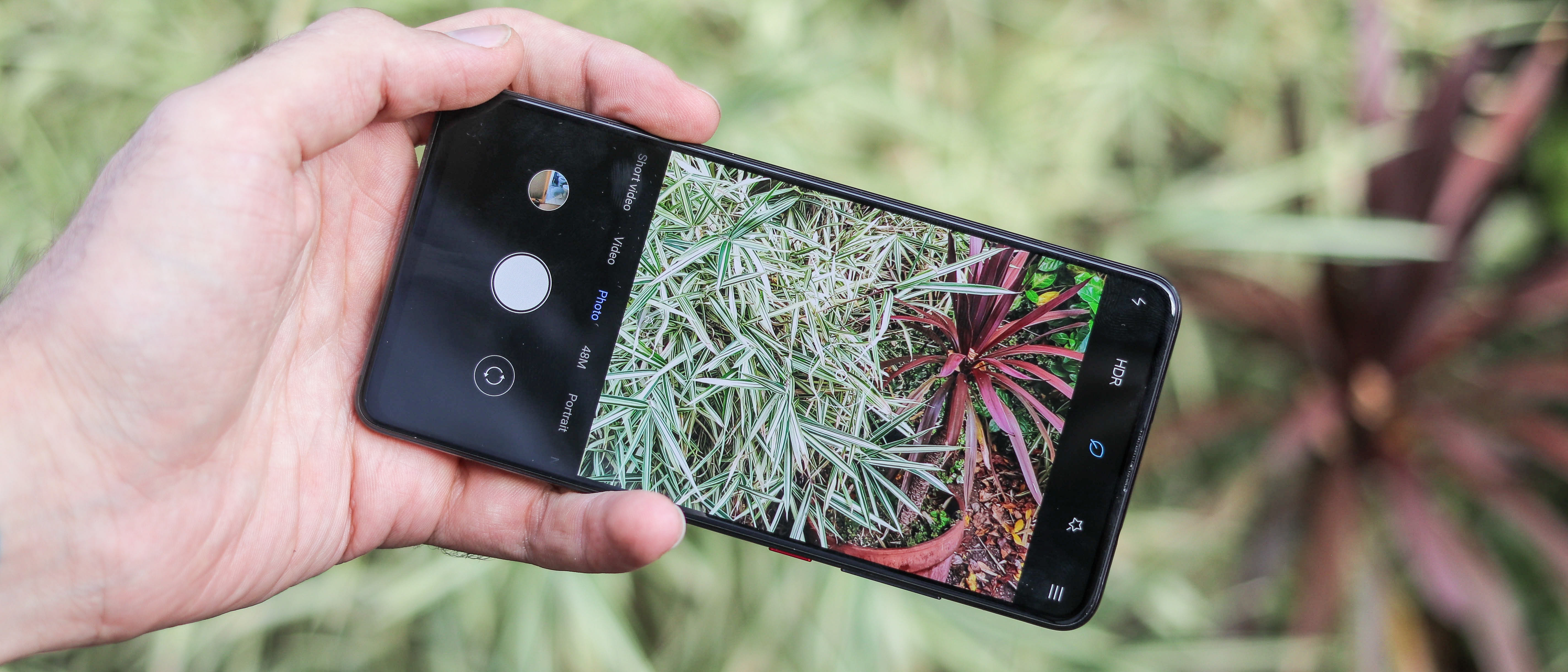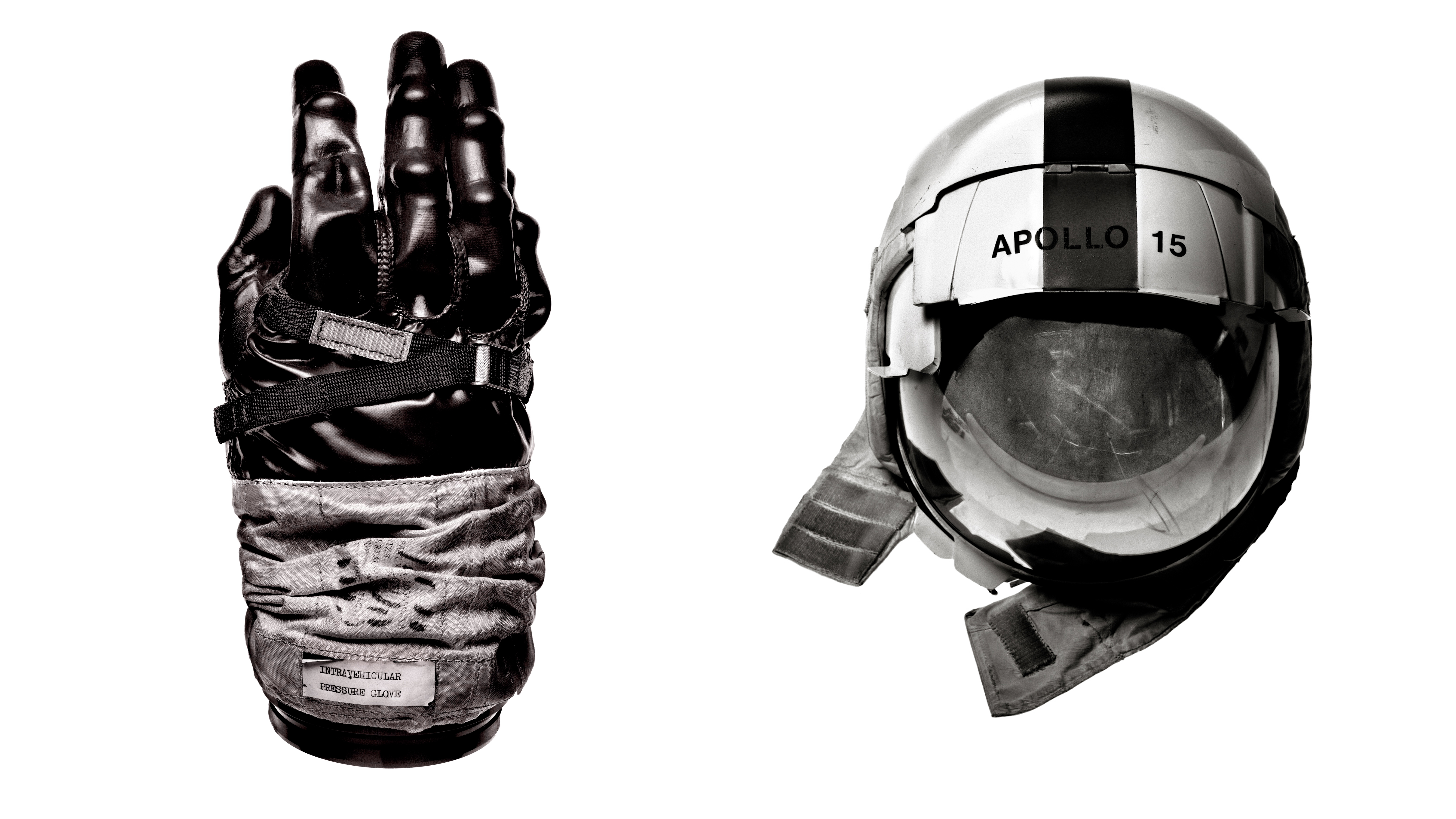Digital Camera World Verdict
By combining flagship spec, design and a very versatile triple camera system, the Xiaomi Mi 9T Pro is about as good as you’re going to get for under £400. From an imaging point of view, the main things missing are optical image stabilization and RAW capture, but the reality is, thanks to computational photography and manual shooting options, you can still capture stunning shots and video, whether you’re an automatic shooter or a seasoned pro.
Pros
- +
Versatile camera
- +
Powerful internals
- +
Excellent design
Cons
- -
Limited availability
- -
No RAW capture
- -
Mono, not stereo-speaker
- -
Mediocre interface
Why you can trust Digital Camera World
The Xiaomi Mi 9T Pro is a variant of the Redmi K20 Pro and delivers similarly exceptional value. Despite costing £399, it features the same storage capacity as a Samsung Galaxy S10, an identical processor, battery capacity and primary camera sensor as the OnePlus 7 Pro, and, the kicker: a headphone jack. But is it good enough to make into our list of best camera phones, or even best budget camera phones?
While no US availability has been confirmed, it can be picked up across mainland Europe, and is available in black or blue, with 128GB storage, 6GB RAM and a top-of-the-line Snapdragon 855 processor. With a huge 4000mAh battery and fast charging, it’s specs read like a dream, and the versatile, triple camera setup is the icing on the cake - but how does it stack up in the real world?
• The best Xiaomi phone guide
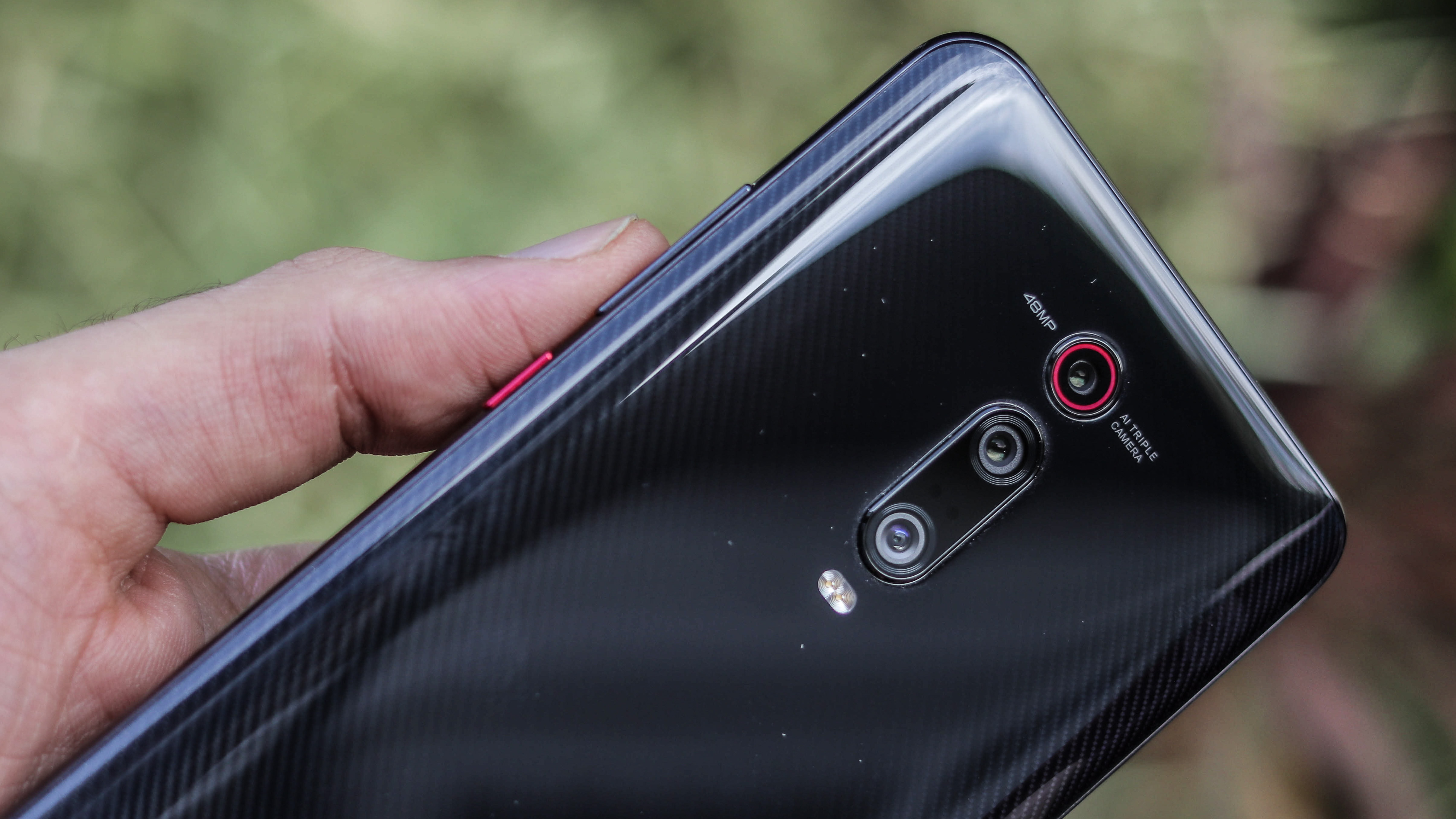
Xiaomi Mi 9T Pro camera specs
The Mi 9T Pro’s triple camera is comprised of a 48MP wide camera (f/1.75, 26mm) with a 1/2” sensor and 0.8µm pixels, an 8MP telephoto camera (f/2.4, 53mm) with a 1/4” sensor, 1.12µm pixels, and a 13MP ultrawide camera (f/2.4, 12mm) with a 1/3 “sensor and 1.12µm pixels. The wide and telephoto cameras pack laser and phase detection autofocus (PDAF), while the ultrawide camera is fixed-focus.
The Mi 9T Pro includes all the usual shooting modes, as well as a 48MP shortcut to take advantage of the primary sensor’s massive resolution. Additional modes include Auto, Portrait, Night, Video, Slow motion (960fps, 720p), Panorama, and Pro. The Mi 9T Pro’s camera also features auto-HDR, though this isn’t on by default, and despite its 48MP sensor, captures images at a default resolution of 12MP.
Xiaomi Mi 9T Pro camera performance
The Mi 9T Pro shoots with a watermark overlaid on all your captured images, and HDR mode switched off out of the box. As soon as you correct these two stumbling blocks, removing the watermark and firing up auto-HDR, you get a versatile camera phone that can capture fantastic pictures for the price.
The detail in photos taken in automatic mode is abundant across the scene when taking photos in good lighting. While the camera doesn’t capture RAW images, it doesn’t boost images as much as some of the competition does, leaving a bit of room for editing.
If you want ‘Instagram-ready’ shots with high contrast and saturation, you can confidently fire-up the AI scene detection. It pumps up blue skies and foliage greens to 11, and while the added contrast does result in some detail loss, it seldom churns out an image that doesn’t look at least good. If you’re a fan of processing out images yourself, we’d keep this off.
White balance is also respectable on the Mi 9T Pro, with consistency across the three cameras. It’s accurate for the most part, with the long-exposure night being the only mode in which it was thrown off on a couple of occasions.
On the subject of nighttime photography, the Mi 9T Pro’s automatic mode won’t beat out the pricier competition in the dark. That said, the inclusion of a night mode puts it up there with the likes of the OnePlus 7, which costs £100 more. This is one area Apple is falling behind, and the Mi 9T Pro easily manages to outperform the iPhone Xs when the lights drop - despite Apple’s flagships retailing for double the price of Xiaomi’s latest.
While night mode is a great option for dark scenes or environments with lighting hotspots, there’s also a manual mode for traditional long-exposure shooting of up to 32 seconds and a max accessible ISO of 3200.

If you activate 48MP mode, you lose HDR capture and AI scene recognition. As you can see from the image above though, big-pixel shots taken on the Mi 9T Pro grab plenty of information. It does tend to favour over-exposing rather than under-exposing when HDR isn’t active, so we found ourselves taking advantage of the exposure slider, and sliding it right down a lot. Once you understand its quirks though, the high-resolution option becomes a powerful tool, and with a closest focus distance of about 8-9cm, can capture impactful, 48MP macro shots.
Video is captured at up to 4K resolution at a frame rate of 60fps. At this quality, electronic image stabilisation is deactivated, though if shooting on a tripod and in well-lit conditions, footage captured looks exceptional. Drop to 30fps, and you can confidently hand-hold your smartphone while shooting footage with excellent, gimbal-esque stabilisation, and when the lights go down, flip to 1080p for best results. The Mi 9T Pro isn’t a brilliant low-light video camera by any means though - as is the case with most smartphones.
As for the selfie camera, it’s a fixed-focus setup with an f/2.2 aperture and 0.8µm pixels. While it won’t blow you away, it’s competent, and there are several portrait effects available, blurring out the background of your shot, or swapping it out altogether. In low light, you will definitely want to switch to the rear camera or use the phone’s screen-flash at a safe distance if quality is your goal.
Sample images




Xiaomi Mi 9T Pro OS, Battery, and Connections
The reality of using the Mi 9T Pro matches the impression left by its loaded-up spec sheet, for the most part. While it isn’t the thinnest phone around, it feels premium thanks to a polished aluminium frame and a rich curved glass back.
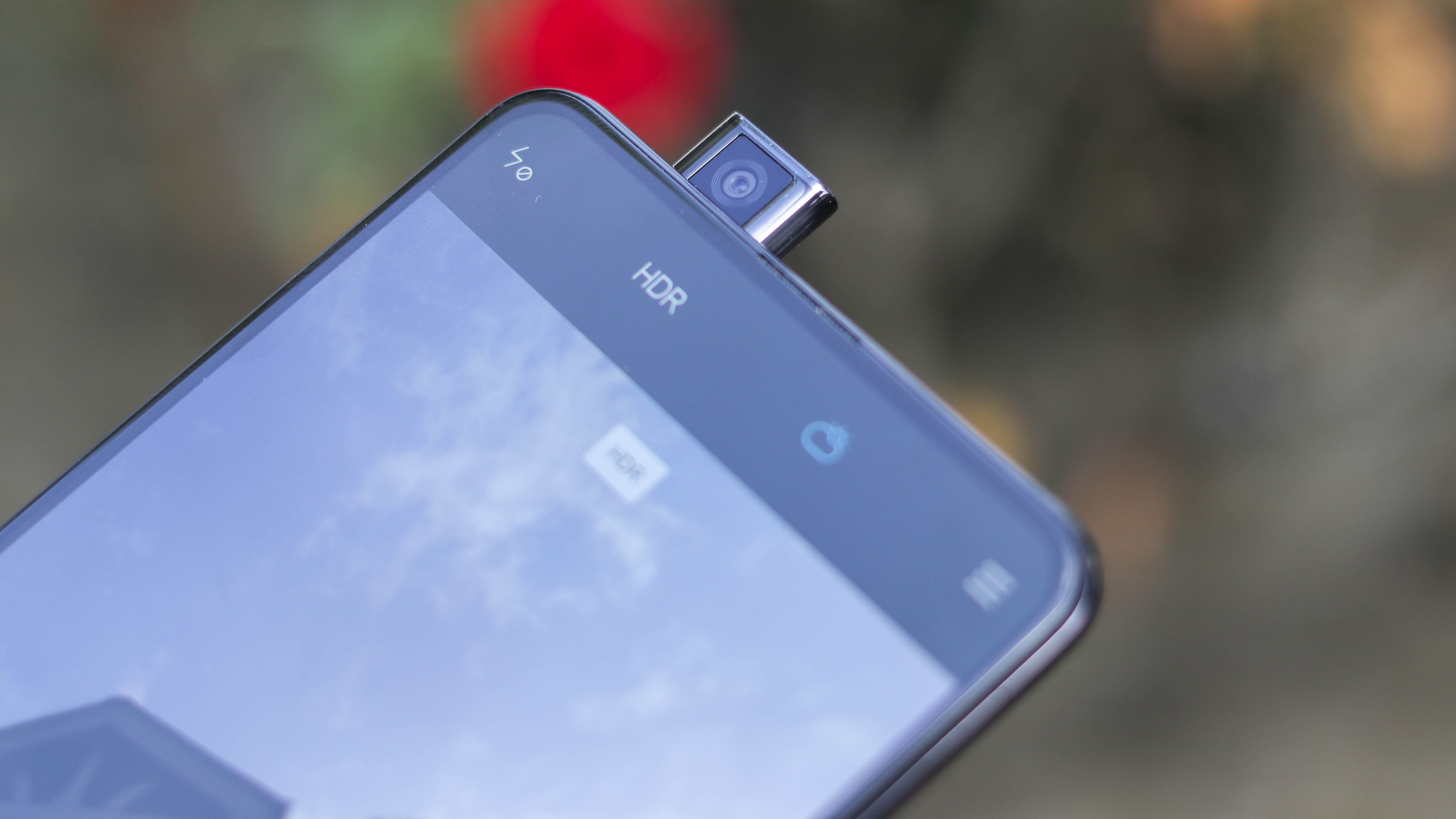
Fire it up, and the all-screen front makes you think you’re looking at an expensive flagship. Xiaomi has achieved a notch-less, 6.4-inch display by hiding a mechanised, pop-up camera in the phone’s top-side. The screen sports Samsung’s Super AMOLED tech, delivering deep blacks and punchy colours in the process, and thanks to HDR support, compatible content looks rich, especially when viewed in dark conditions.
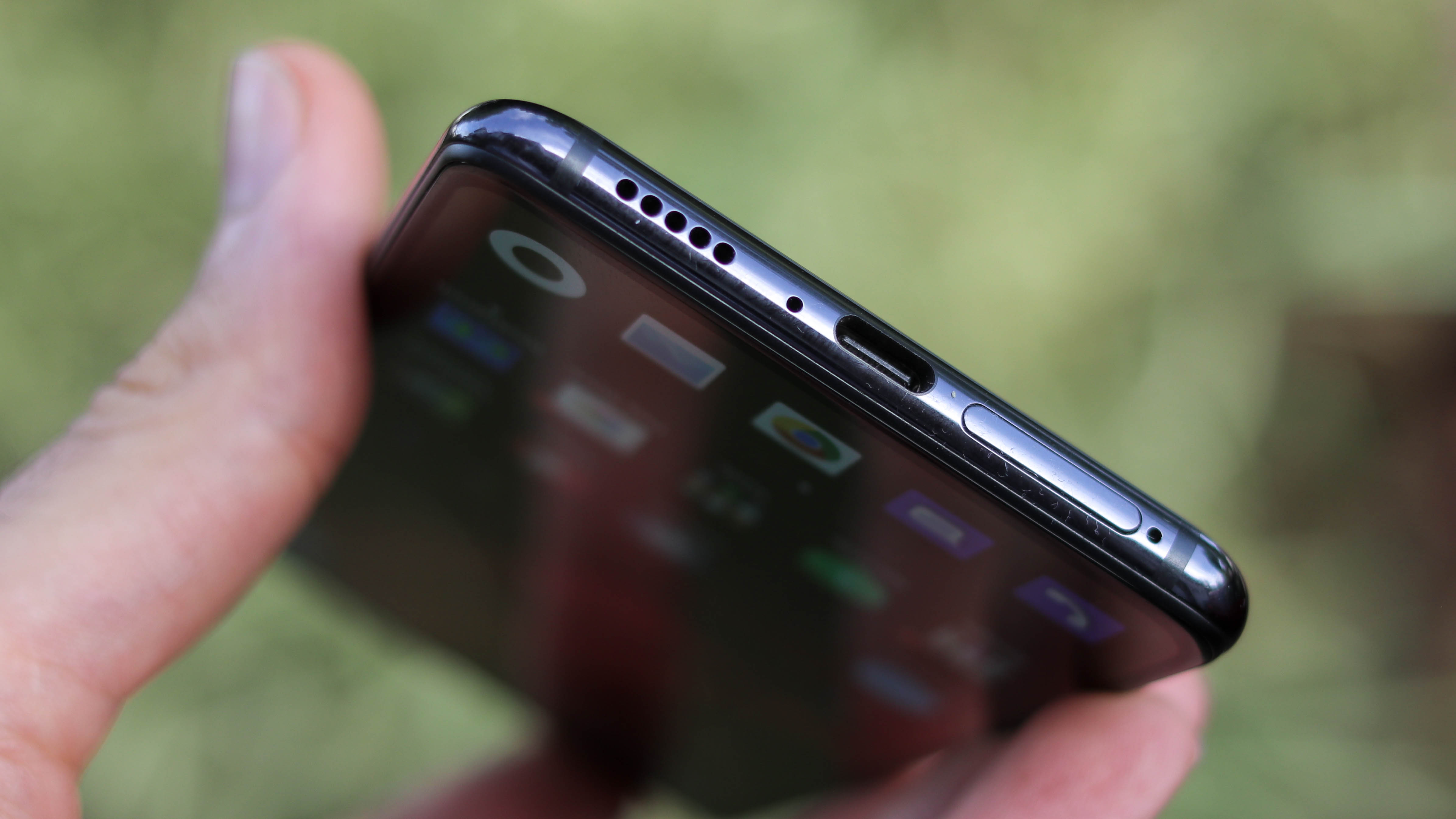
With 128GB storage, there’s plenty of space for all but the most prolific file-hoarders, and thanks to the Snapdragon 855 processor coupled with 6GB RAM, it’s a powerhouse too, up to the task of 3D gaming or 4K shooting at high framerates.
The phone’s 4000 mAh battery easily makes it through a day with regular use, leaving about 30-40% in the tank when the day is done. Even with a fair amount of camera use, we had no trouble getting through a full day.
If you need features like wireless charging, stereo speakers and waterproofing, you won’t find them here. The phone hasn’t got the most polished UI around either, loaded up with a bit too much bloatware and unintuitive customisations for our tastes. That said, none of these features are deal-breakers when you consider just how much phone you’re getting when you pick up the Xiaomi Mi 9T Pro, and almost all of the issues we have with its interface can be fixed with a little tinkering.
Xiaomi Mi 9T Pro verdict
By combining flagship spec, design and a very versatile triple camera system, the Xiaomi Mi 9T is about as good as you’re going to get for under £400. It isn’t just about a good-looking spec-sheet though, everything about the phone translates into a premium user-experience, for the most part. From an imaging point of view, the main things missing are optical image stabilisation and RAW capture, but thanks to plenty of shooting modes, customisations that can be applied and manual shooting options, you can still capture stunning shots and video that outgun much pricier smartphones whether you’re a novice or a seasoned pro.
Read more:
Smartphone news, camera phone leaks and mobile rumors
The best budget camera phone in 2019
The best dash cams in 2019
Basil Kronfli is a freelance technology journalist, consultant, and content creator. He trained in graphic design and started his career at Canon Europe before moving into journalism. Basil is also experienced in video production, independently running the YouTube channel TechEdit, and during his time at Future, he worked alongside the Digital Camera World team as a senior video producer.
